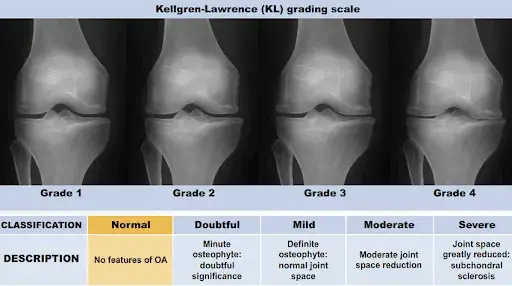Balancing Strength and Flexibility in Rehabilitation: The Unique Needs of Men and Women
- Ankit Srivastava
- Nov 14, 2024
- 1 min read

When it comes to physical fitness, men and women often have different innate physical characteristics. Generally, women tend to be more flexible but may have less upper body strength, while men are typically stronger but may lack the same level of flexibility. For healthy individuals, this natural difference is perfectly normal. However, in cases where someone is recovering from an injury, undergoing rehabilitation, or managing chronic pain, achieving a balance of strength and flexibility becomes critical.
In rehabilitation, we often aim to leverage these natural characteristics, while also addressing any limitations that might hinder recovery. For example, while a female patient’s flexibility can be an advantage, building strength in areas that may be less robust is essential to prevent re-injury and support long-term healing. Conversely, for male patients, while their strength may aid in certain exercises, improving flexibility is crucial to ensure proper range of motion, joint health, and prevent muscle imbalances that could lead to stiffness and further complications.
For women, the goal is often to create flexibility with resilience. This means exercises and therapies that add strength to flexible muscle groups, creating a body that is both adaptable and resilient against strain. For men, we aim to enhance strength with elasticity, encouraging more fluid, pain-free movements and reducing rigidity.
Balancing these traits ensures a more holistic recovery, equipping both men and women with a stronger, more flexible body that can handle the demands of daily life and prevent future injuries. By tailoring rehabilitation to these unique physiological characteristics, we can support recovery that is not only faster but also more effective and enduring.



Comments